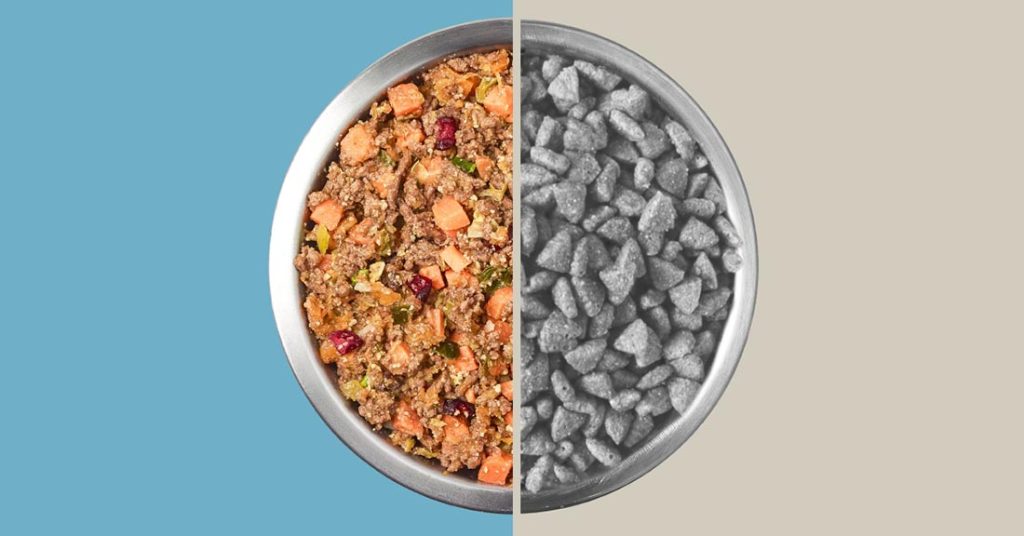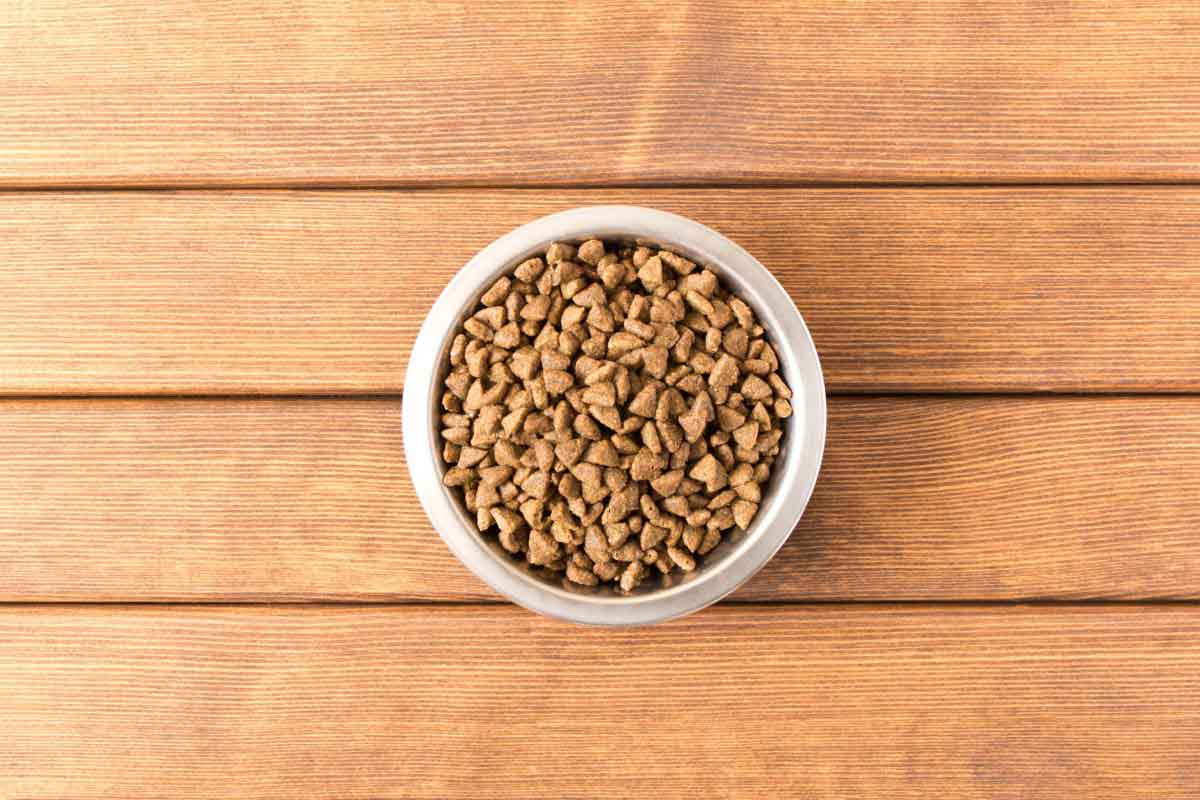Sometimes when we speak to pet parents about our cause, our mission, our business, and a kitchen for healthy-fed dogs, we’re not always understood. That is okay with us. Our real goal is to educate ourselves on what is in the food we’re eating, and what is in our dog’s as well. The answer to the question, “is dry dog food bad for dogs?” is a multi-faceted one.
We’re trying to make it as simple as possible to feed your pup meals that are not as described below. We recommend avoiding all commercial dog food. Now that we share our lives with our dogs, it makes sense that we share our standards of food with them, too. Here’s why.
“Feed” Ingredients in Dry Dog Food
What are feed ingredients? “Feed” ingredients are the ingredients that most commercial pet food companies use to make pet food. Feed ingredients are not allowed in food intended for human consumption because they are not considered safe to eat by humans.
According to the Association for Truth in Pet Food, despite the term pet “food,” feed is not food. Feed can include “material from diseased animals,” “contamination by filth,” or “contamination by industrial chemicals.”
Animal feed (and as a result, dry kibble diets) can legally contain these items.
Furthermore, in a study funded by the Johns Hopkins Center for a Livable Future, Bloomberg School for Public Health, findings “emphasize that current animal feeding practices can result in the presence of bacteria, antibiotic-resistant bacteria, prions, arsenicals, and dioxins in feed and animal-based food products.”
Meat by-products
Ultimately, dry dog food and cat food are not human-grade. If an animal is diseased and declared unfit for human consumption, the carcass is acceptable for pet food. Under AAFCO guidelines, acceptable meat by-products can include:
- animal lung
- spleens
- kidneys
- brains
- livers
- blood
- bones
- low-temperature fatty tissue
- stomachs and intestines freed of their contents
Many dog owners aren’t aware that livers can be infested with worms (liver flukes) or diseased with cirrhosis. Pneumonia can fill the lungs. Even parts of animals, such as “stick marks,”—the area of the body where animals have been injected with antibiotics, hormones, or other drugs—are cut from the carcasses intended for human food and used as meat by-products for pet food.
As an article from The Atlantic explains, rendering plants “efficiently recycled the unsavory by-products of meat production, as well as downer cows, road kill, and euthanized cats and dogs, into a variety of commercial products (such as animal feed, soap, lard, candles, and “personal care products”).”
Other possible risks to feeding commercial pet food
Some research suggests that tightly controlled and regulated carcinogens in food produced for human consumption may not be as well controlled in pet food. In 2003, a study published in Mutation Research hypothesized that there is a connection between chemicals found in commercial pet food and cancer in animals that eat these foods.
In addition, various smaller threats have been identified in stored commercial dry pet food including molds and storage mites. It is thought these may be the source of some allergic reactions and skin lesions in dogs.
Why Isn’t This Knowledge More Wide-Spread?
Most veterinarians acquire their only knowledge of pet nutrition in elective classes in veterinary school. These classes may only last a few weeks and are often taught by representatives from pet food companies. Hill’s, lams, and Purina are the largest dog food brand contributors to these courses.
The paradigm as to what is “good enough” for our pets is changing. Today, the pet food industry is regulated by the same standards that are used for feed animals (farm animals).
One could argue this may have been entirely appropriate over the last 80 years. Back when pets were regarded as an extension of the farm, maintained outdoors, and lower on the totem pole than humans. As attitudes of pet owners evolved, pets are now regarded as equal family members. They should eat just as well as we do.
The Best Food for Dogs Is Fresh

In addition to by-products and questionable protein sources, dry dog food and wet dog food can contain fillers, preservatives, and flavor enhancers. The FDA announced that many commercial grain-free diets that are legume-heavy are linked to health issues like canine-dilated cardiomyopathy.
At JustFoodForDogs we use only the highest available standards to make our fresh food diets. The same standards that the 2010 USDA Dietary Guidelines use for humans recommend, and the safest standards on the planet for ingredients: USDA-certified, high-quality ingredients, lightly cooked in small batches in our restaurant quality kitchens.
We maximize the nutrients in a dog’s diet from whole, real food ingredients. We strive for a carefully balanced diet with the right amount of carbohydrates, proteins, vitamins, and minerals to meet your pet’s nutritional needs. At JFFD, we supplement our diets only with what is necessary per the National Research Council recommendations for dogs. Simply put, JustFoodForDogs fresh dog food is the Gold Standard in canine nutrition.
Only JustFoodForDogs daily recipes have absolutely no feed-grade ingredients. And all are clinically shown to boost the immune system of healthy dogs that eat our food over kibble.
